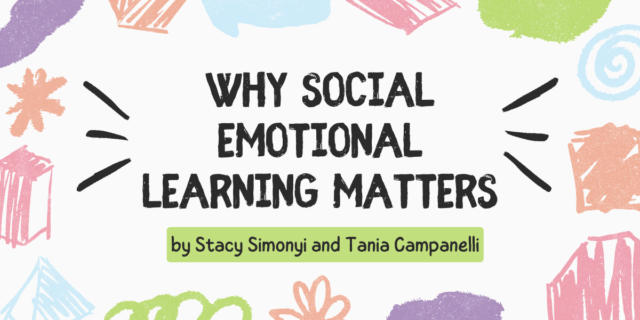
For a proficient adult reader, phonics can feel like a cumbersome distraction to the “real” work of reading and writing. But what this actually shows is that we’ve lost our awareness of what it is to be new to the printed word. As proficient readers, we read most words by sight and decoding is rarely a part of our reading and writing experience. Because phonics feels unnecessary to us, some teachers decide not to teach it or to give it only cursory attention. Others view it as necessary but don’t make the connection between phonics principles and real reading and writing. The latter kind of phonics instruction involves lifeless routines; odd, dreary activities; excessive repetition; or whole-group, scripted lessons that soar over the heads of some children and bore others. Instead of rejecting phonics outright, we might want to consider that it’s not phonics but how we teach it that is the problem.
The teaching of phonics is a means to an end. Children need to decode in order to independently read and write. Phonics shouldn’t feel like an interruption or detour away from these authentic experiences. Phonics should be the building of a curiosity—developed by a passionate, informed teacher—about how words work, an inquiry about how the sounds of our language are mapped onto visual symbols. It is discovering the purpose of letters, how letters can work alone or be combined to symbolize sounds, and later in the journey, how the spelling of words quite often intersects with their meaning. Phonics instruction simply gives children the information about how letter–sounds work so that they can build automatic word recognition that frees their conscious attention to concentrate on meaning.


